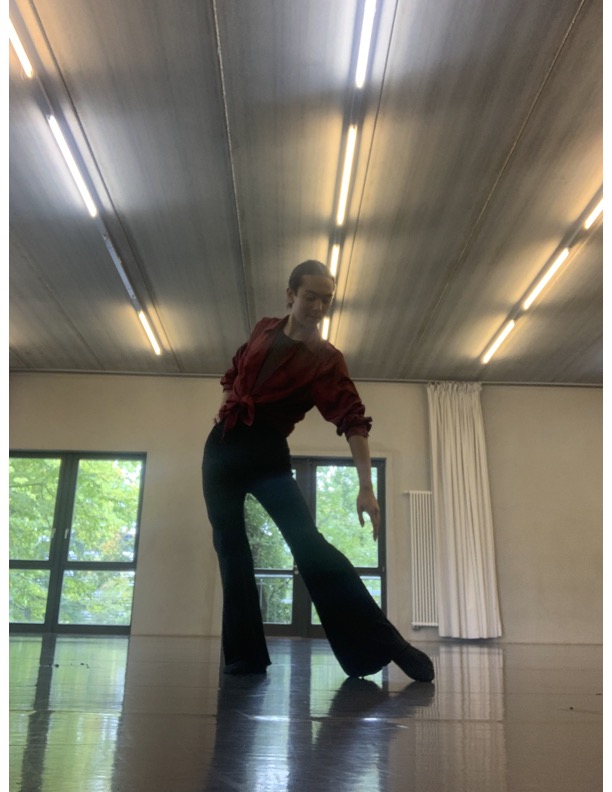
THE END (of the semester) IS NIGH!
The End is Nigh! Well, not really. The end of the semester is nigh, and so is my time in this program. My fellow cohort members and I are currently wrapping up our end-of-term projects, capping the third of four semesters in our graduate careers. While fears loom of what’s to come in the next semester, in post-grad, and beyond, there is still a lot of learning and work to do here in Berlin.

For some background: we second year students spend the last few weeks of the first semester at Arthaus Berlin researching topics and forms that interest us, based on our exploration of four modules: Epic Storytelling, Drifting, Cabaret Noir, and the Buffon. We presented our first drafts of our work and research this past week. Our cohort’s areas of interest are vast, to say the least. The Arthaus second year cohort is tackling puppetry, the poetic body, actor-spectator interaction, fairy tales as epic stories, and much more. My own research centers on two topics: “The Solo” and my personal history with dance. While these are large topics to study, my research has led me to a very intimate exploration of space.

Now to define these ideas for some context. We’ll start with “The Solo.” I have been researching the solos of major dance and theatrical work within the American canon. These solos are specifically performed by a single person on stage within the context of a large movement piece performed by the whole company. An example is the “Trumpet Solo” from Bob Fosse’s choreography for “Sing, Sing, Sing.” What interests me about solos like is the dancer’s command of the space, how they charge each gesture with passion, how they use various dynamics to make the solo their own. Fosse’s “Trumpet Solo” has been a part of three Broadway productions, and numerous dancers have performed it hundreds of times. Each variation of this solo is completely different, yet they all still convey the same command and passion. My question is: what makes this solo so great? Is it the choreography? Is it the skill of the dancer? A combination of both? My research on this question has made me interested in constructing my own solo with these qualities—which brings me to my other area of interest.
Looking into what I could use in my own choreography, I decided to revisit my dance training. My background in musical theater includes jazz, ballet, tap, and modern. As I revisited my training, I dove into the rabbits hole of these styles’ lineage and history and began connecting all of them into a large network of overlapping influences. We can trace the origins of the ballet back to the Italian court dances of the Renaissance, which were then codified by the French aristocracy into something like what we know as classical ballet today. Modern dance was a rejection of the classic forms, focusing more on grounded movement, sharp angles, and larger shapes of the body. Jazz and tap developed alongside Modern, but stemmed from movement of different cultures in the United States and social dances in the early 20th century. While I deeply value the lessons of these techniques, they’re rooted in identities outside of my own. That said, I began researching the cultural dances of my Filipino heritage for influences and inspirations. This effectively connected me to a deeper understanding of my culture, history, and even my body. Something clicks in my soul when I embody these cultural dances. Now, as I take this newly embodied knowledge and mix it with the styles of my past training, I find a new movement vocabulary that is rooted to my identity.
Currently I am still in development of the choreography, but to harness the key ideas of “The Solo” and the history of my dance has been a great journey so far to cap off the term. Who knows what’s to come next. But for now we have this work, which maybe…might turn into a thesis.
Until next time.
